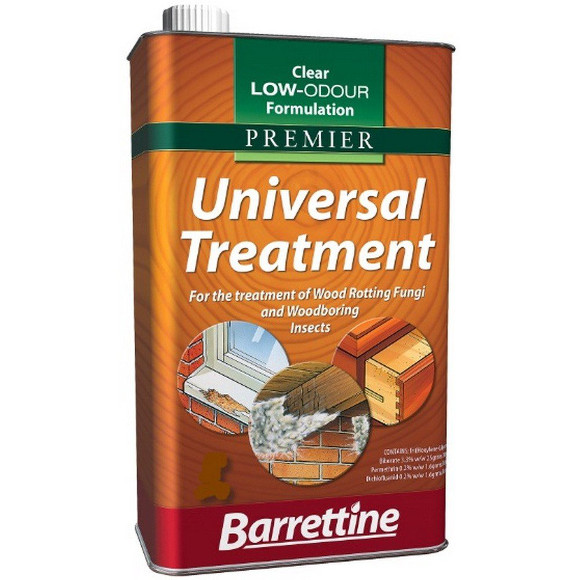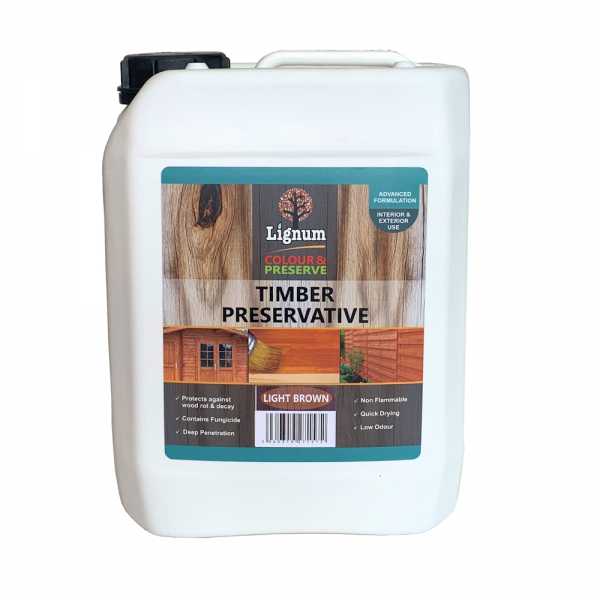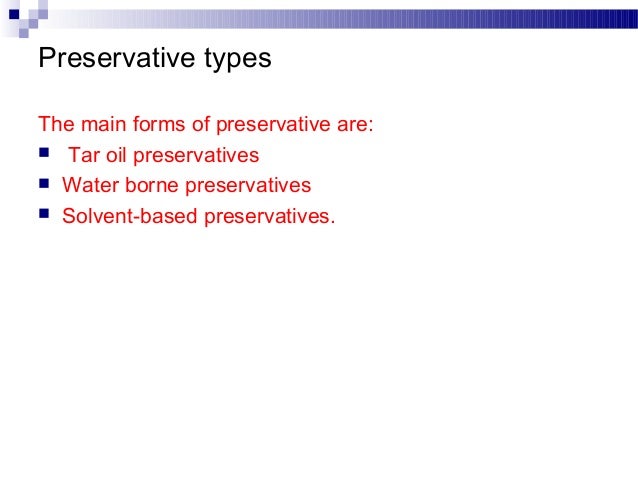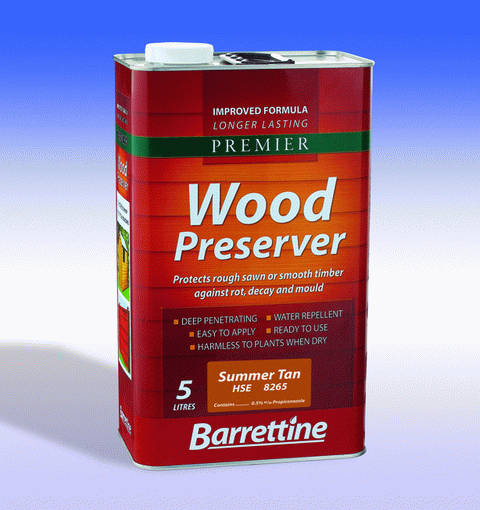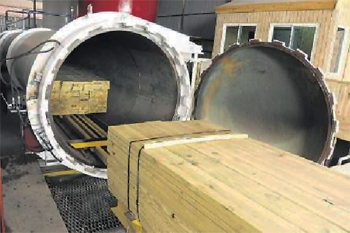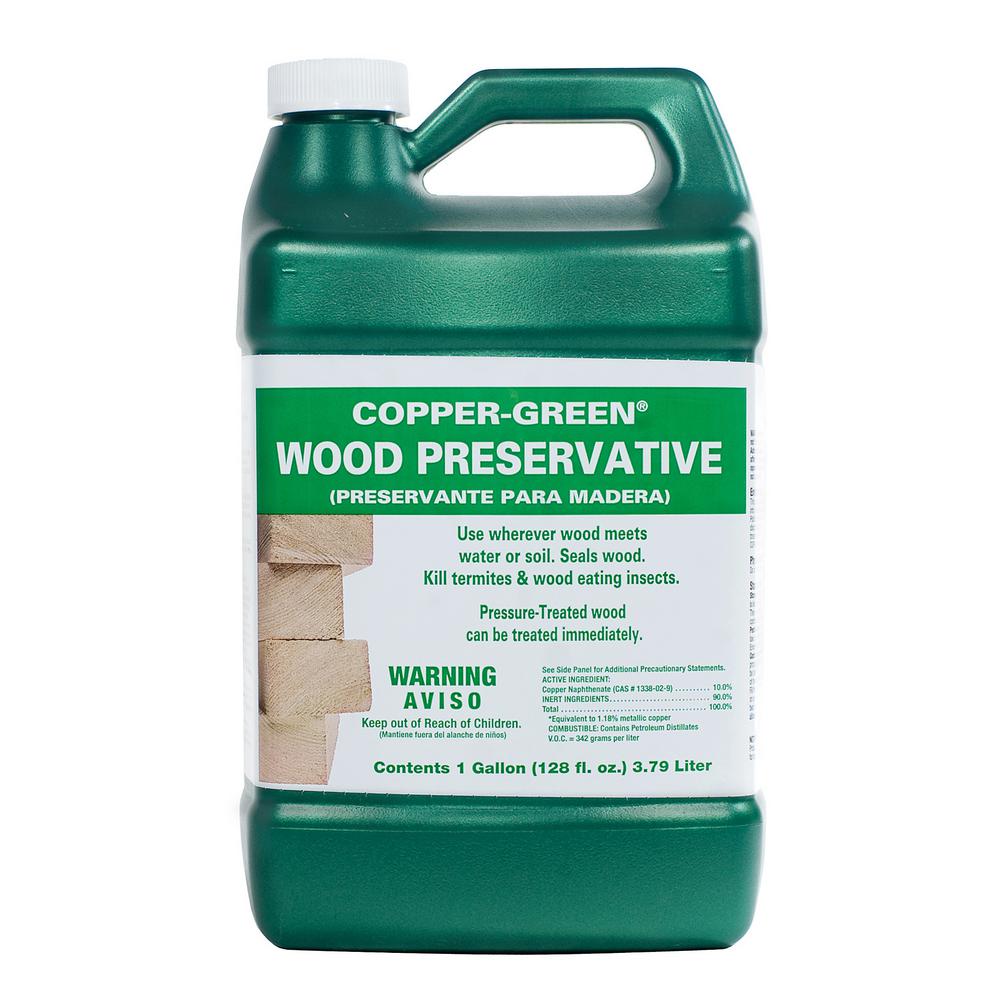Treated wood is commonly used to build telephone poles road signs and marine pilings as well as decks play structures and raised garden beds.
3 main types of wood preservatives.
Methods of preservation of timber.
Treating wood with pesticides can prevent wood from rotting as quickly.
So while the treated wood preservatives are safe for use near edible garden plants ecolife is not intended or approved for ground contact exposure.
Inorganic boron is listed as a wood preservative in the awpa standards which include formulations prepared from sodium octaborate sodium tetraborate sodium pentaborate and boric acid.
The copper azole type b ca b formula tion was standardized recently.
In this method timber is given one or two coats of the preservative with the help of a brush.
Treated wood and wood preservatives.
Types of wood preservatives developed was the copper azole type a cba a which contains 49 percent copper 49 percent boric acid and 2 percent tebuconazole.
3 open tank application.
Each has distinct advantages and drawbacks and each should be used in specific though occasionally overlapping circumstances.
Chromate copper arsenate cca is a pesticide containing chromium copper and arsenic that protects wood against termites fungi and other pests that can degrade or threaten the integrity of wood products.
Chromated arsenicals contains copper and some combination of chromium and or arsenic.
These wood preservatives are.
Insects and mold can damage wood over time.
It has been used as a wood preservative pesticide since the 1940s.
Type a is no longer used in the united states.
This is used for painting.



